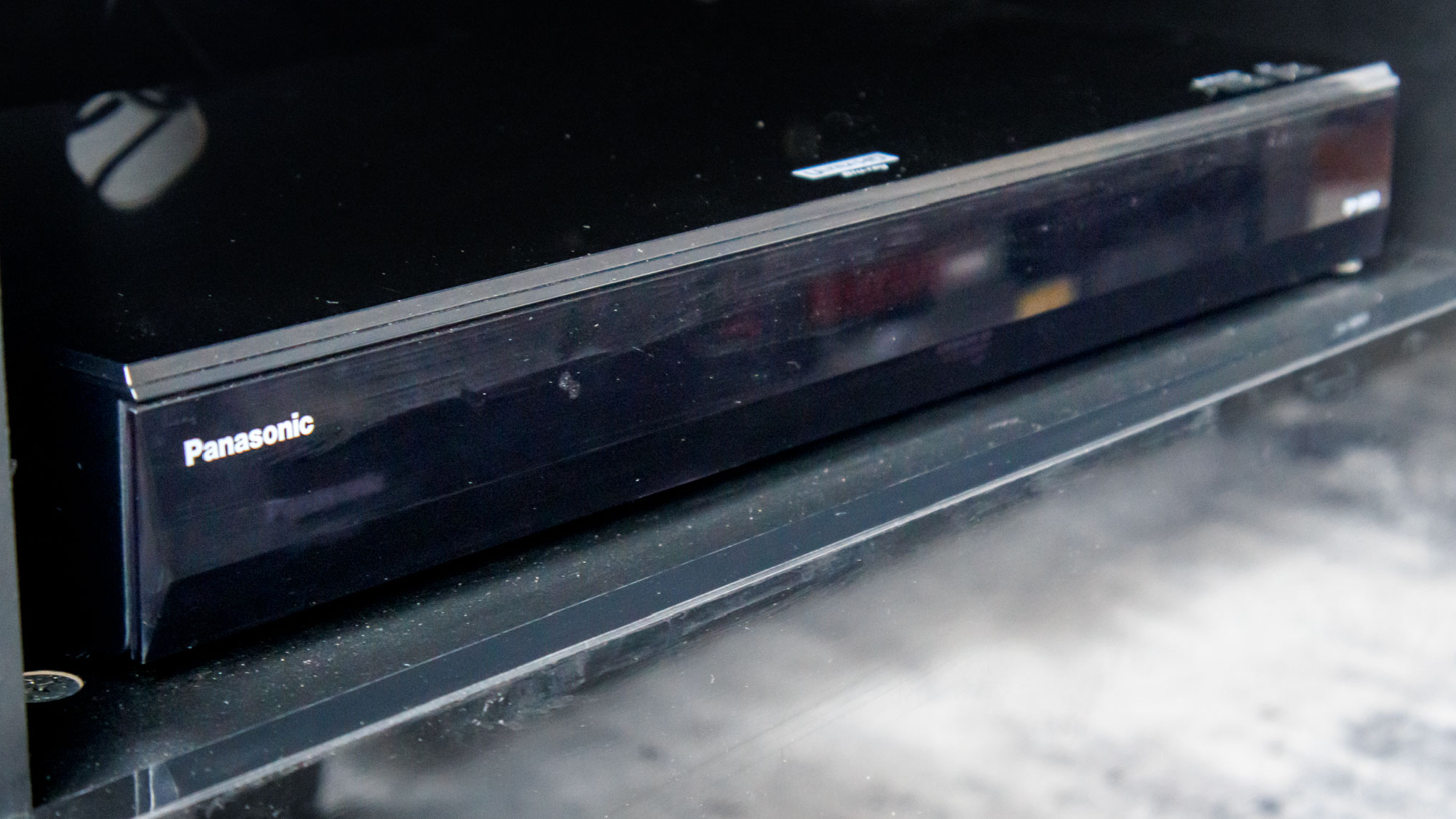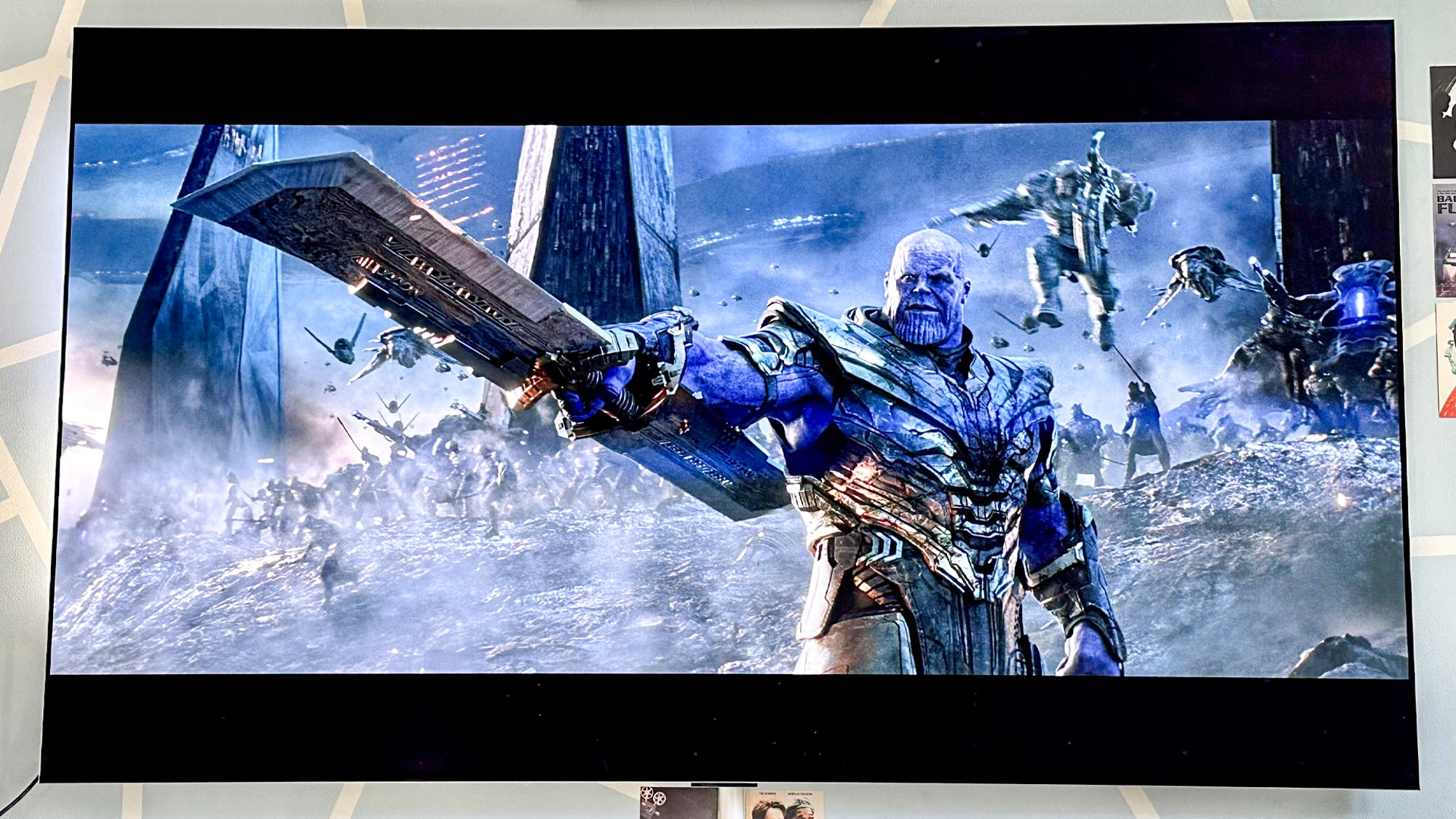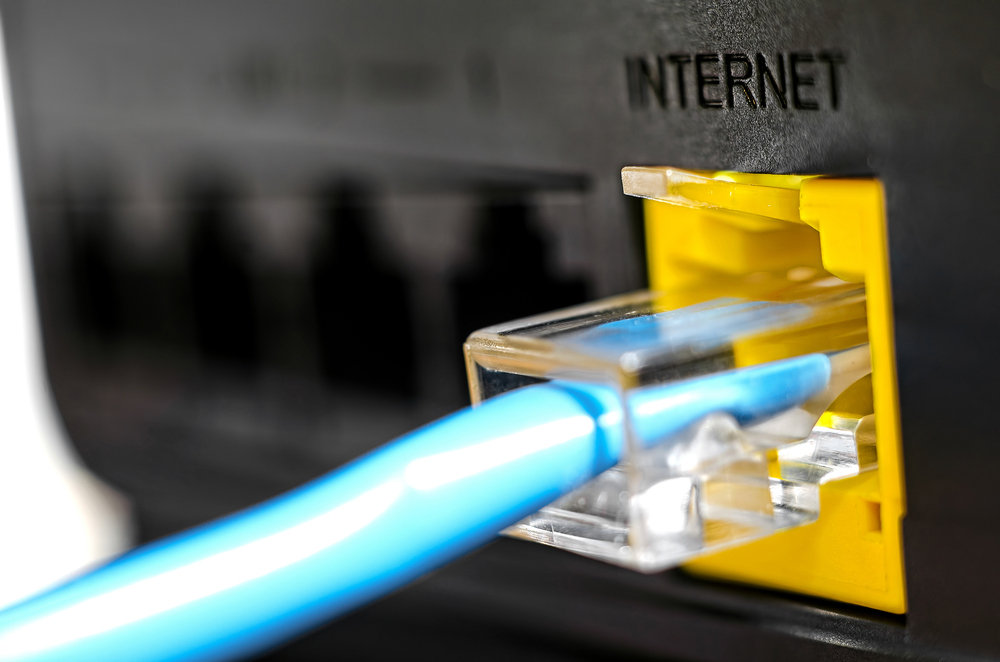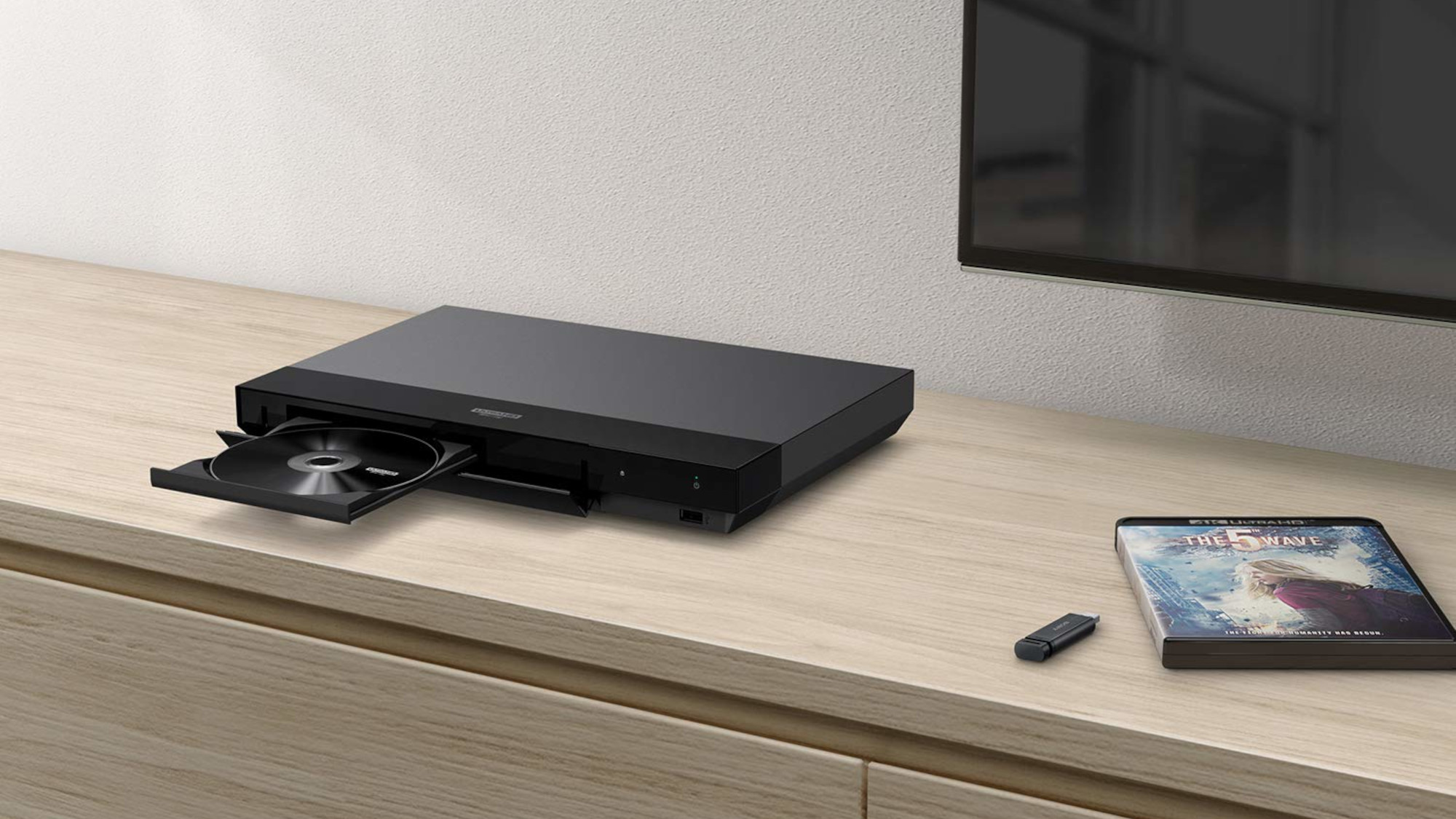5 features you need on your next 4K Blu-ray player
These are the essential features for fans of physical media

Gone are the glory days of DVDs. Following the rise of smart TVs, which come with some of the best streaming services built right into them, disc-players have suffered a huge blow in popularity.
Physical media might be on its way out, but there are plenty of reasons to push back against the modern times. Whether you're Wi-Fi is down or you want the absolute best quality for movie nights, Blu-ray players are the way to go.
But not every Blu-ray player is the same. Cheaper models only come with HD (1080p) support and skimp on more premium features.
And while you could just use your PS5 instead, you'd similarly miss out several key enhancements that come with worthwhile Blu-ray players.
Here's what to look out for.
1. HDR & surround sound support

HDR (High Dynamic Range) is an absolute must for those wanting the best picture, as it significantly enhances visual performance by making the most of your TV.
These days, most displays come equipped with some sort of HDR support, but higher-end models will cast a wider net for different HDR formats. The most popular HDR format is Dolby Vision, and higher-end HDR-enabled Blu-ray players are more likely to support it.
Get instant access to breaking news, the hottest reviews, great deals and helpful tips.
It's important to note, however, that there are currently no Samsung TVs that support Dolby Vision. Instead, Samsung TVs only have access to HDR10, HDR10+ and HLG.
You don't necessarily need HDR10+, but it should probably be on your wish list if you own a Samsung TV.
Audio is also important. Why shell out a few hundred bucks on a 4K Blu-ray player if you can't get high-quality audio, too? Dolby Atmos is a prime feature to keep your eye out for, as it grants you access to one of the most popular enhanced audio formats.
Some Blu-ray players will only have access to Dolby Digital or analog audio outputs, so make sure to read what's supported before making a final purchase. You might even find a model that supports a second HDMI output specifically for audio, which is helpful if your TV doesn't support Dolby Atmos or DTS:X passthrough.
2. 4K-upscaling

Although most of the best TVs will have 4K-upscaling on their own, you might want your DVD player to provide it all the same. As the name suggests, it will upscale 1080p and 720p content to 4K resolution (3840 x 2160 pixels).
These additional pixels provide added detail, but it will never quite match the raw potential available in native 4K content. Upscaling allows you to experience content that might've come about before the advent of 4K. It also allows you to save a few bucks on older DVDs that are pricier in their 4K format (like this "Ghost in the Shell 2: Innocence" 4K remaster I've had my eyes on).
Just like me, I'm sure you have an entire closet packed with old DVDs. I've even got all seasons of "Miami Vice," which makes 4K-upscaling a pure treat for this sort of older DVD.
That said, if you want the absolute best picture possible for your 4K TV, make sure to buy discs that specify "4K Ultra HD."
3. Network capabilities

It might seem counterintuitive to look for a Blu-ray player with networking capabilities if you're buying a Blu-ray player to bypass streaming altogether, but it doesn't hurt to have this feature in your back pocket.
4K Blu-ray players aren't always complete products at launch. In other words, they might have updates down the line to improve performance or to add features over time.
A 4K Blu-ray player will always net you the best possible viewing experience through higher bandwidth, uncompressed audio and a wider color gamut (to name a few reasons). But it also doesn't hurt to have a few extra services on hand if you want them — especially something like YouTube or Spotify when you're in the mood for some music.
4. Disc format compatibility

As mentioned, there are varied types of Blu-rays to buy on the market. Due to these variations, you'll find a multitude of assorted Blu-ray players built for various formats.
Standard Blu-rays are typically the cheapest and most common of the bunch, and often come in either blue- or red-colored cases. Some Blu-ray players might not have access to more niche types of formats — like 3D Blu-rays, for instance — and players built specifically for standard Blu-ray discs won't be compatible with UHD versions.
I personally wouldn't go for the 3D options, as you'll be paying more for a feature that's long outdated at this point (though here have been signs that 3D TVs are poised for a comeback).
It's best to find one that's specific to the 4K UHD format. These models tend to offer you the widest range of compatibility, but not every single disc might work. For instance, rewritable or even CD disks might not be compatible, so if you want broader coverage, check the player's list of disc format support.
5. A good price
One of the main drags for getting a dedicated Blu-ray player versus using something you already own (like an Xbox Series X or PS5 Pro) is, of course, price. It's no secret that Blu-ray players are pretty expensive, especially those that wrangle all of the features listed above.
One of our favorite Blu-ray players, the Oppo UDP-203, sold for over $1,000 online. It's one serious disc player, but most people don't need this kind of device.
There are excellent, budget-friendly models out there, but they have to fit into the type of content you want to experience. Take, for instance, the $64 Panasonic DMP-BD90P-K, which offers Dolby Digital sound, Full-HD picture performance and upscaling. Note, however, that it only upscales to 1080p — not 4K.
That's not the most thorough player on the market, but if it meets your general movie-watching needs, it's not a bad deal. However, most of the best Blu-ray players for crisp 4K are usually priced anywhere from around $200 to over $400.
To simplify things, here are two of my favorite Blu-ray players.. The Panasonic DP-UB820-K is one of the best on the market, while the brand-new Sony UBP-X700M is a fantastic value-forward pick.
This Panasonic 4K Blu-ray player comes with most of the best features you could ask for in a home entertainment system. It has Dolby Vision and Dolby Atmos support, Alexa and Google Assistant. It also features upscaling for converting 1080p video to 4K, plus Panasonic's HCX (Hollywood Cinema Experience) processor and 4K High Precision Chroma Processing for better color output and detail.
Sony's UPB-X700 Blu-ray player just got a major update that gives it some pretty significant upgrades at nearly the same price of its predecessor. With networking capabilities, Dolby Vision support and 4K upscaling, Sony's newest system remains one of the best you can buy if you're looking to keep costs down.
But, remember, you still have to buy the DVDs themselves, and 4K UHDs can be pricey.
That's why 4K upscaling is highly recommended, so you don't always have to rely on the more expensive discs, even when they offer the undisputed best picture on the block.
More from Tom's Guide
- LG is halting further production of its Blu-ray players — here’s what to expect
- Forget streaming — I think Sony's new 4K Blu-ray player is coming at just the right time
- This Blu-ray rival could save 8K TVs from oblivion

Ryan Epps is a Staff Writer under the TV/AV section at Tom's Guide focusing on TVs and projectors. When not researching PHOLEDs and writing about the next major innovation in the projector space, he's consuming random anime from the 90's, playing Dark Souls 3 again, or reading yet another Haruki Murakami novel.
You must confirm your public display name before commenting
Please logout and then login again, you will then be prompted to enter your display name.


